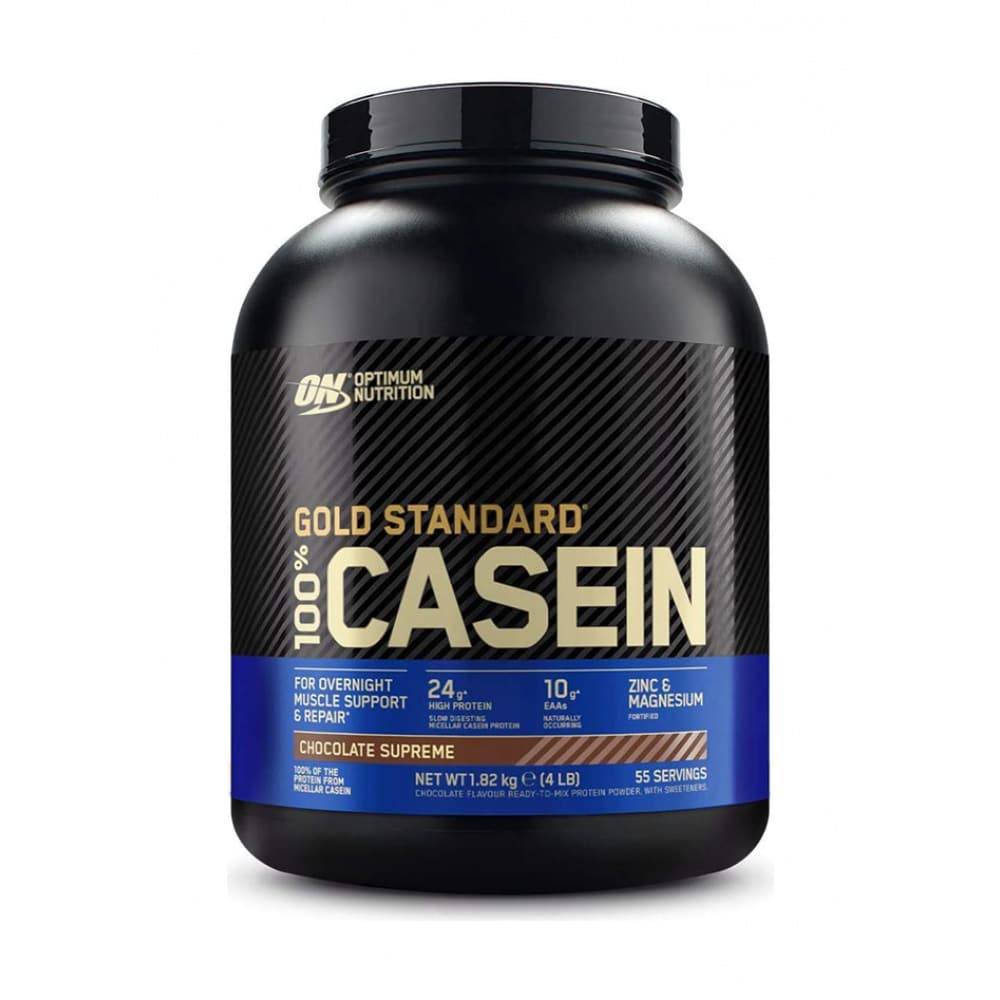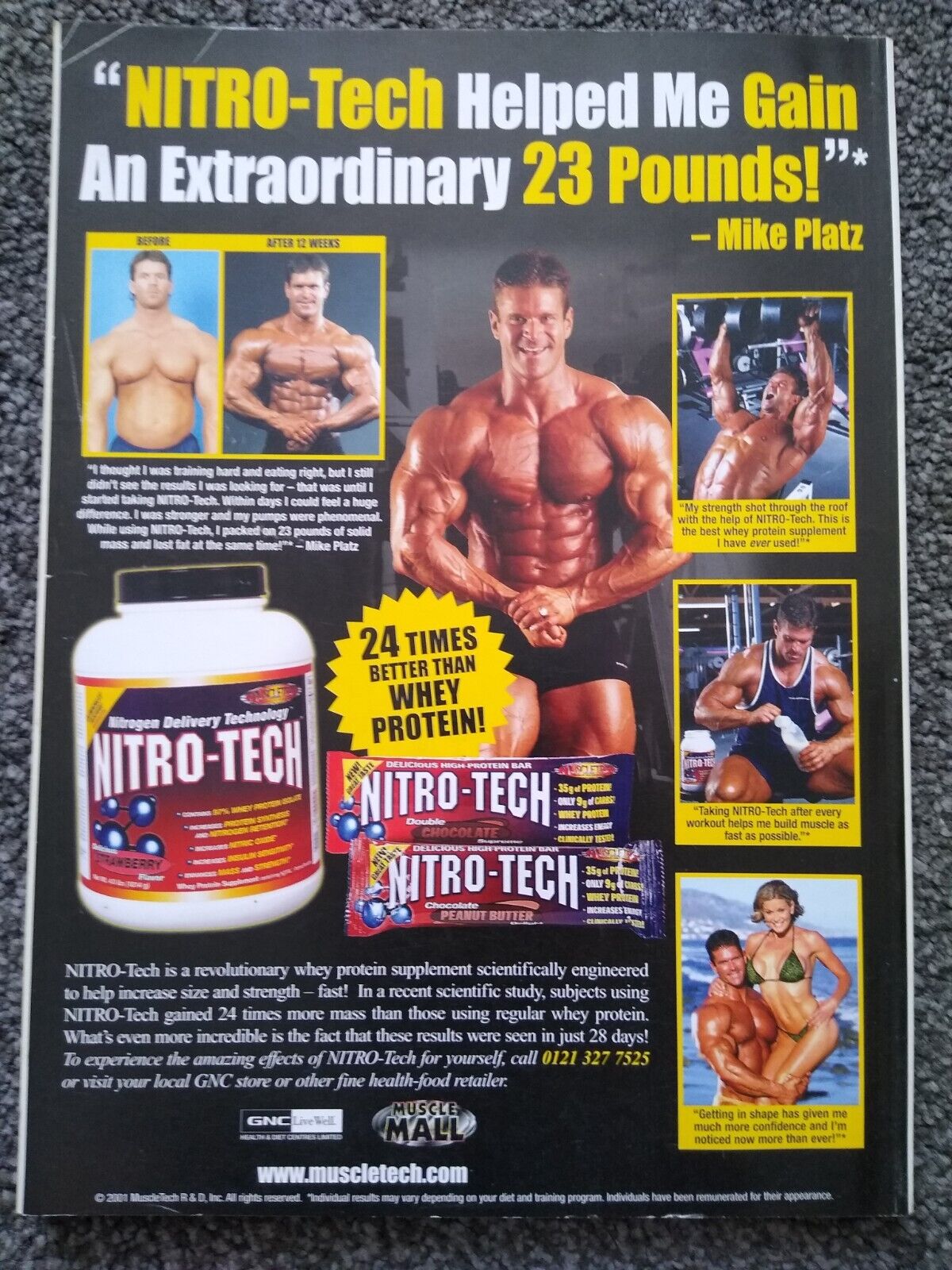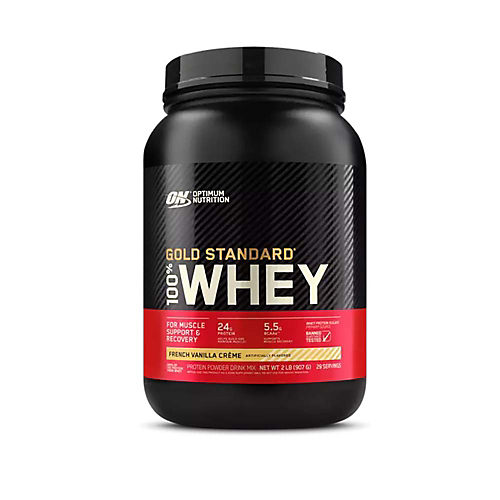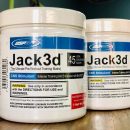As a fervent observer of health trends and formulation dynamics within the supplement industry, I have followed the remarkable evolution of products in supplement landscape over several decades.
In this article, I will cover the evolution of protein supplements over the last 2 decades as a lot of exciting changes happened in this category.
From the late 90s, where whey reigned supreme, to the present day, where protein powders offer a diverse array of options, this journey reflects not only market forces and technological progress, but also the changing tastes and demands of consumers.
The state of the protein powder industry by the turn of the century (Whey’s Reign and Casein’s decline)
In the late 90s, whey-based products dominated the protein industry.
Whey protein gained prominence as from the mid 90s and was favored for its rapid absorption, complete amino acid profile, and muscle-building benefits, supported by growing scientific evidence.
Brands spared no efforts in marketing whey protein, citing higher Biological value than the old “gold standard” source in terms of protein quality, egg protein.
Impressive technical jargon like “cross-flow microfiltered”, “ion-exchange whey protein”, pertaining to the manufacturing process of whey to signify purity and quality, also ran rife in the marketing of whey protein.
“Poor” casein protein faced a decline in popularity, as its slow digestion rate was perceived as less favorable for post-workout recovery, in addition to its higher prices. Milk and Egg blended protein products, also very popular in the 90s, saw a decline as well.
However, many brands still kept a casein protein in their range and promoted it as a night-time protein supplement due to its slow-digesting properties.

Optimum Nutrition. One of the few brands that kept a Casein Protein in their range in spite of Whey’s dominance.
Whey’s continued Dominance in the 2000s
Throughout much of the 2000s, whey protein continued to reign supreme.
I was able to track changes in product quality over this decade by trying several international brands that I imported via bodybuilding.com.
Technological advancements in manufacturing processes also led to significant improvements in protein quality, with enhanced solubility and purity becoming key selling points.
Brands competed fiercely to offer the purest forms of whey, solidifying its position as the go-to protein source for fitness enthusiasts.


Early 2010s: protein goes mainstream!
Protein powders transitioned from niche fitness products to mainstream dietary essentials in the early 2010s.
The surge in health consciousness, coupled with advancements in sports science and nutrition research, elevated the importance of protein in everyday diets.
This shift was further propelled by diverse protein formulations catering to various dietary preferences, including plant-based and lactose-free options.
Strategic marketing initiatives, including celebrity endorsements and social media influence, played pivotal roles in propelling protein powders into the mainstream spotlight.
Notably, certain brands, such as Designer Protein, strategically positioned themselves away from the traditional bodybuilding image, focusing instead on promoting health and wellness.
The rise of “clean-label” protein supplements in the 2010s
Largely fueled by the mainstream adoption of protein powders, the past decade has witnessed a notable surge in the demand for clean-label supplements, reflecting a growing consumer preference for transparency and natural ingredients.
Recognising this trend, the health and wellness industry has seen the emergence of clean-label protein powders that boast minimal and easily recognizable ingredients, free from artificial additives and preservatives.
This evolution aligns with the broader shift towards cleaner, more mindful lifestyles.
As someone who specialises in the development of such proteins, I have witnessed the industry respond to this demand by prioritising ingredient integrity and clear labeling.

A product that I have meticulously developed (from concept to its flavouring) that contains clean protein, added vitamins, chelated minerals, and all-natural flavors and sweeteners.
The Protein Spiking Controversy of the Mid 2010s.
Protein spiking, also known as amino acid spiking or nitrogen spiking, is a deceptive practice employed by some unscrupulous manufacturers in the protein supplement industry.
This controversial strategy gained attention in the mid-2010s and raised concerns among consumers and regulatory bodies.
Essentially, protein spiking involves adding inexpensive amino acids to a protein powder to artificially inflate the total protein content.
These amino acids are not complete proteins with the full spectrum of essential amino acids necessary for muscle building and other biological functions.
As a result, the protein content listed on the product label is misleading, as it does not accurately represent the true protein quality and quantity.
Plant-based protein boom of the late 2010s
From the late-2010s until present day we have witnessed a surge in plant-based protein powders.
Advancements in extraction processes and flavour technology have catapulted plant-based options into the mainstream, addressing the growing demand for vegan and vegetarian alternatives.
Plant-based proteins offer a sustainable and ethical choice for environmentally conscious consumers.
The 2020’s Price Hike and Brand Strategies
In 2020, the protein industry faced a significant challenge with a massive price hike in raw materials, particularly whey protein raw material.
Brands responded by adopting strategic formulations, such as protein blends combining whey with plant proteins as a means to cut down costs. We will talk about this in an upcoming article, as well as what the next 2 decades may look like.

To view my Professional Profile on LinkedIn: please click here
To see my latest product creations: www.bioteenhealth.com
To view my Scientific Publications on PubMed: please click here
To get in touch, please write to: info@supplementscientist.com
Follow supplementscientist.com on Facebook: please click here
Disclaimers
Medical: The information presented on this website is intended for adults 18 or over. Its aim is purely educational and does not constitute medical advice. Please consult a medical or health professional before you begin any program related to exercise, nutrition, or supplementation especially if you have a medical condition. If you consume any product mentioned on our site, you do so on your own free will, and you knowingly and voluntarily accept the risks.
Other: The views expressed in this blog article are solely mine and do not represent the opinions or positions of any company or institution with which I am associated. Any information or opinions provided are based on my personal experiences, research, and understanding. I strive to ensure accuracy and reliability of the information provided.
© 2024. Supplementscientist.com







Leave a Reply